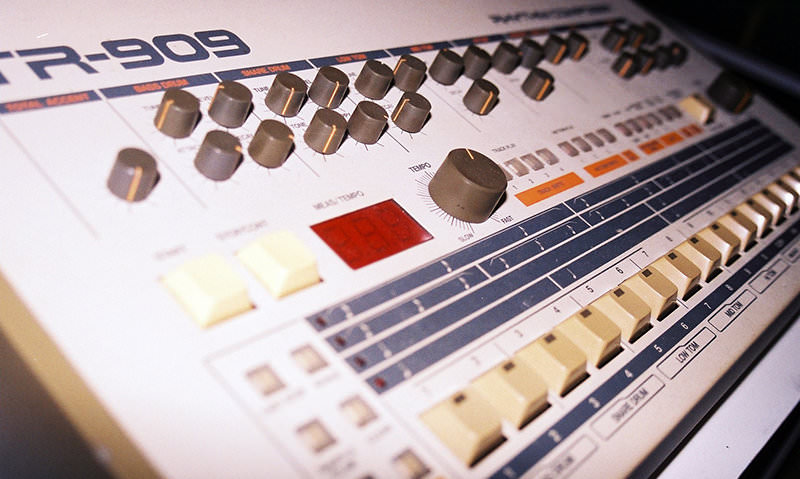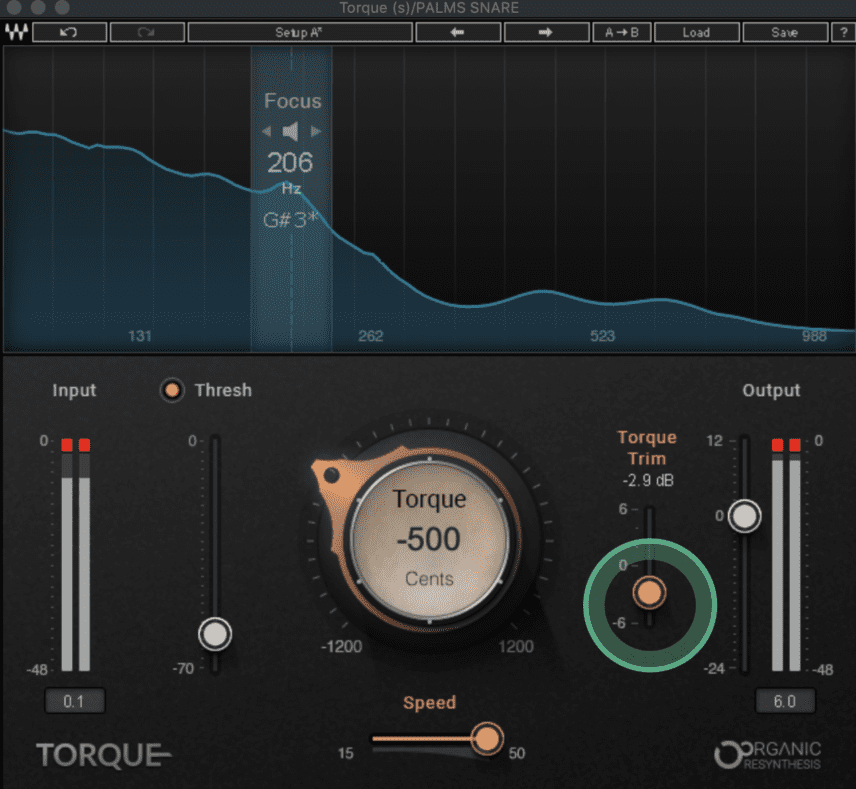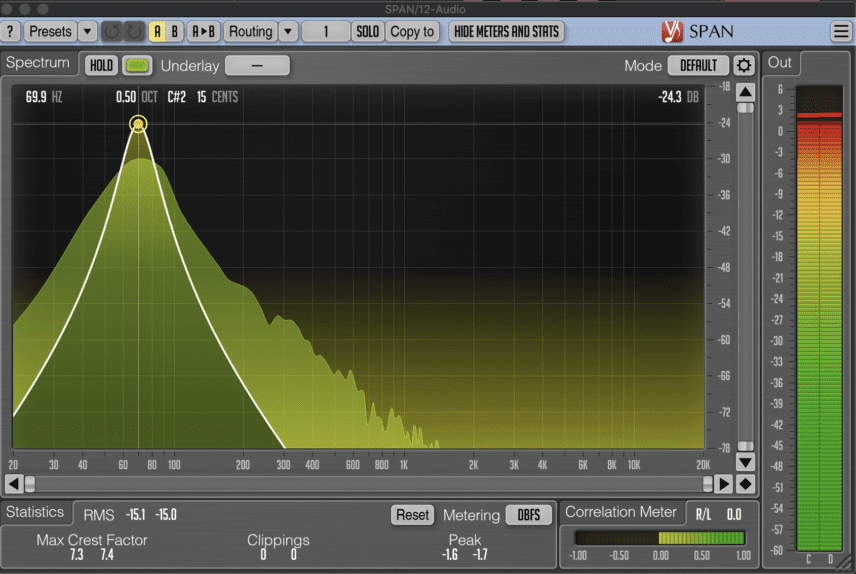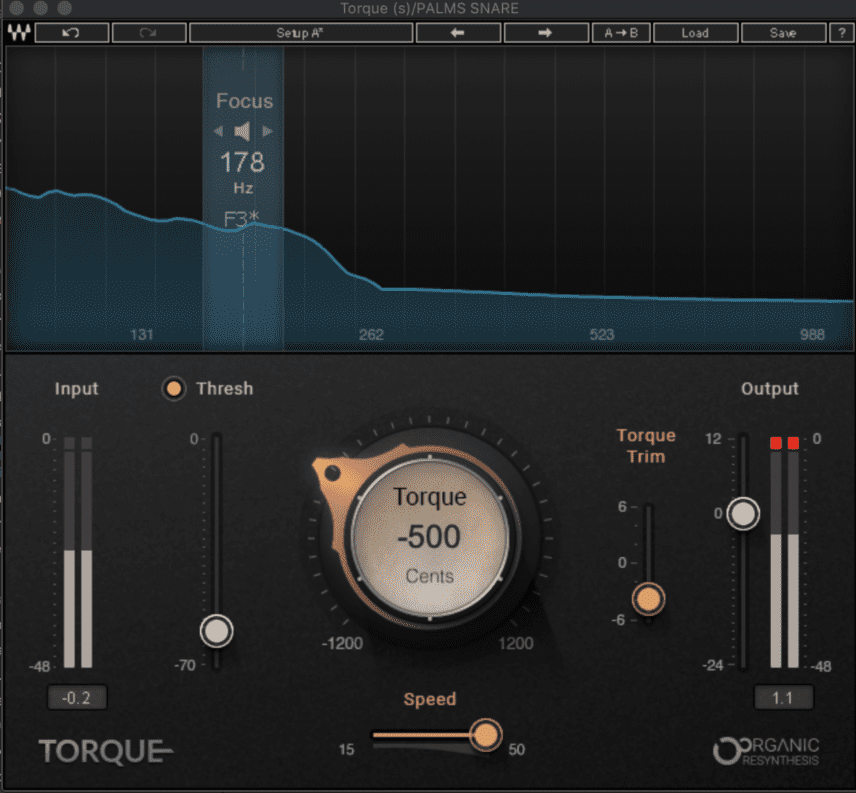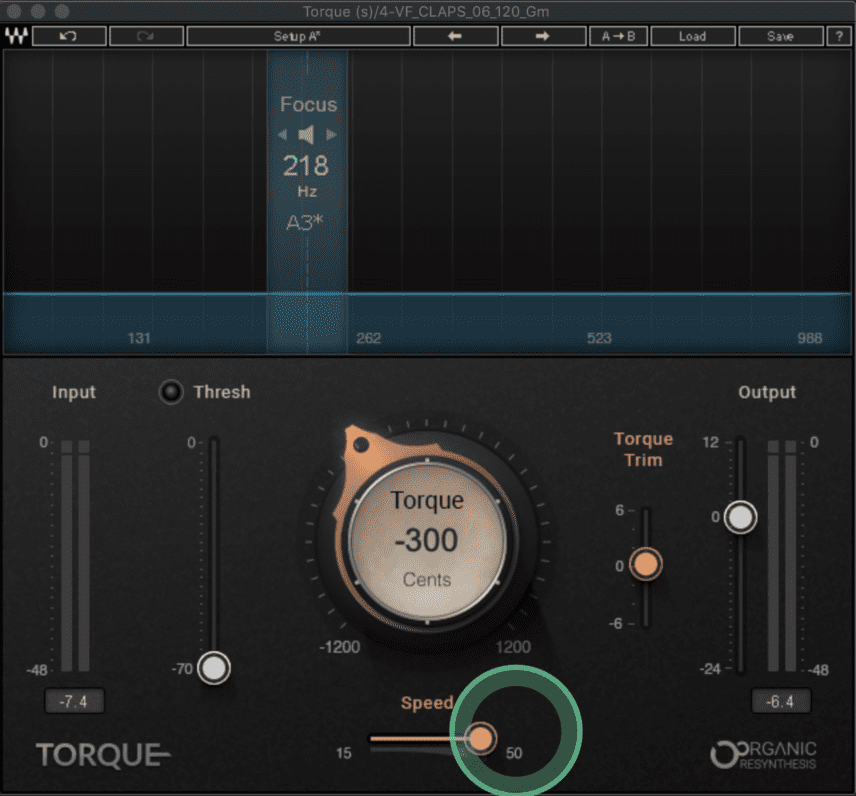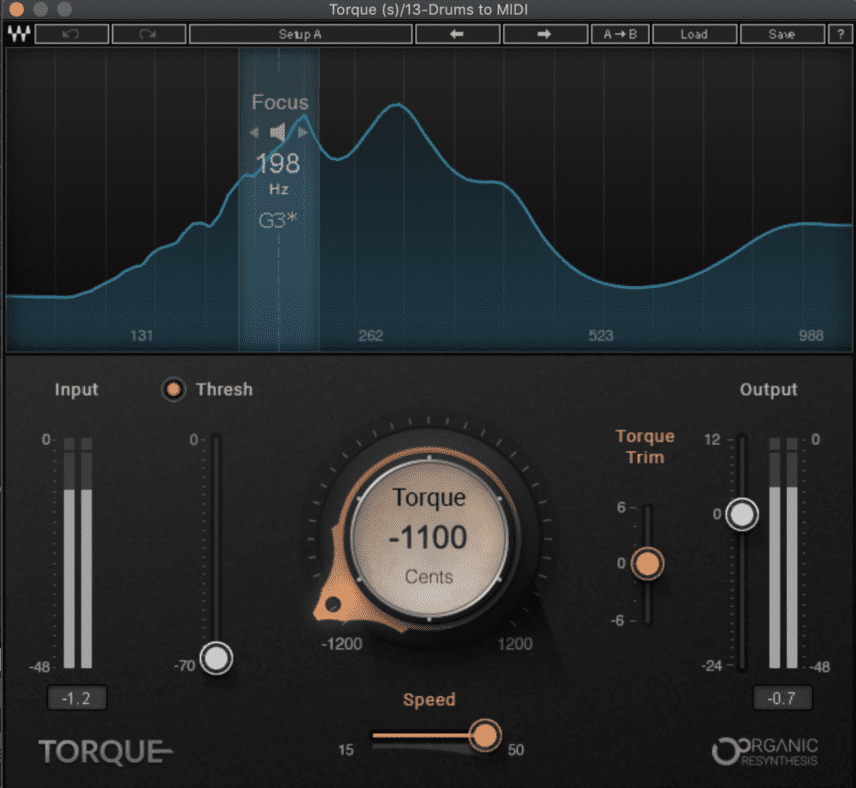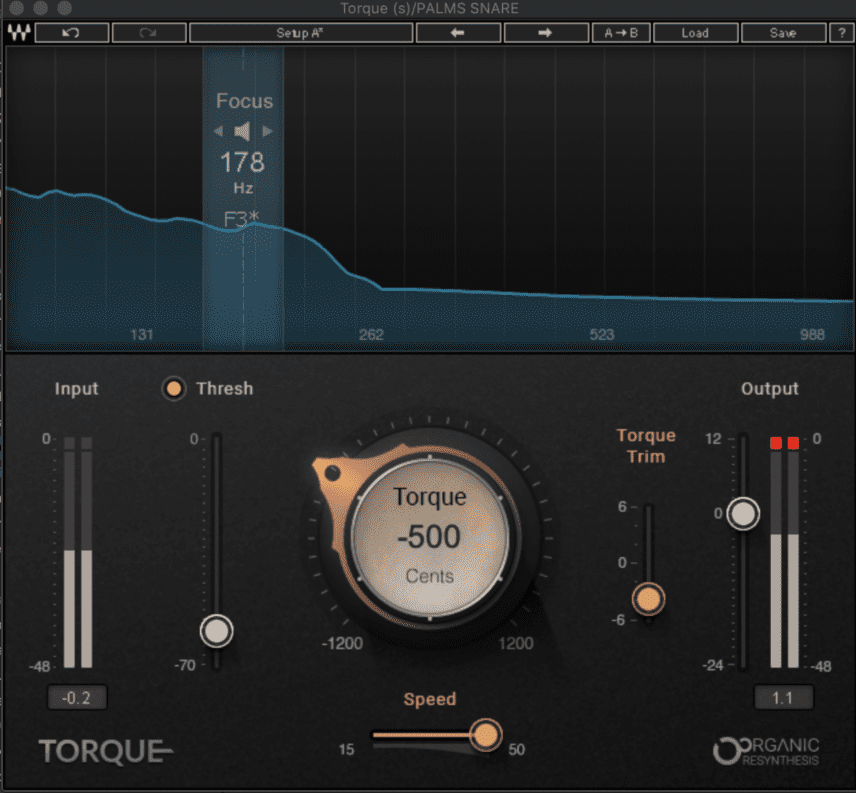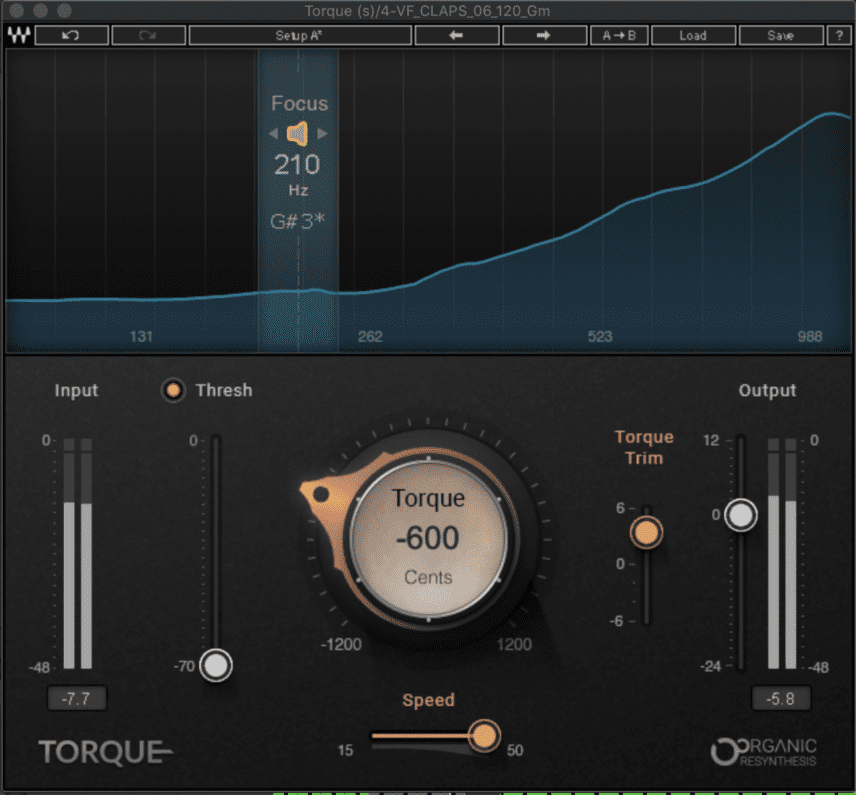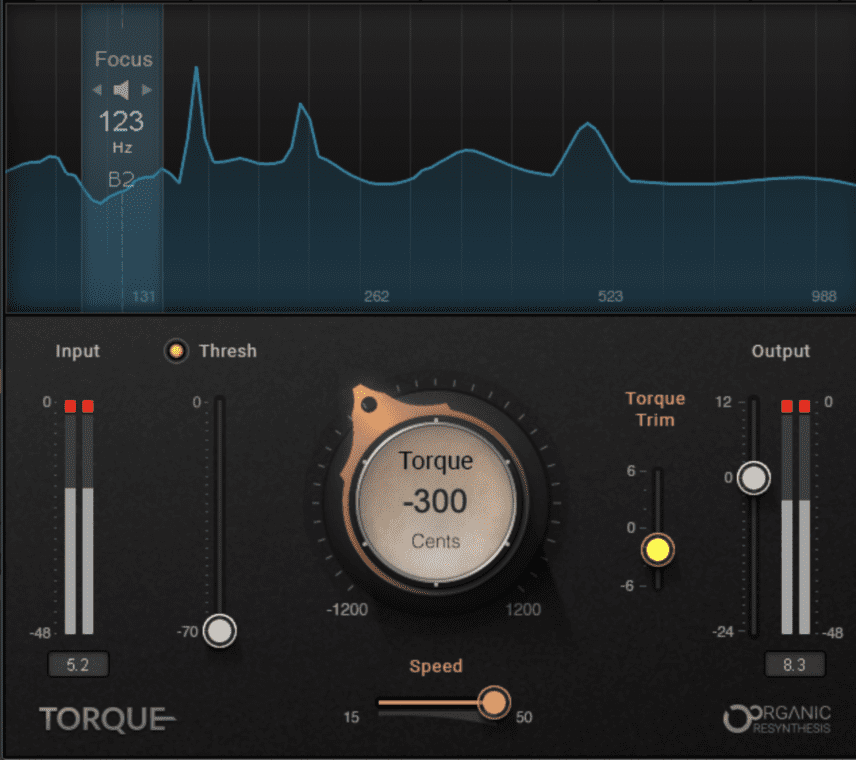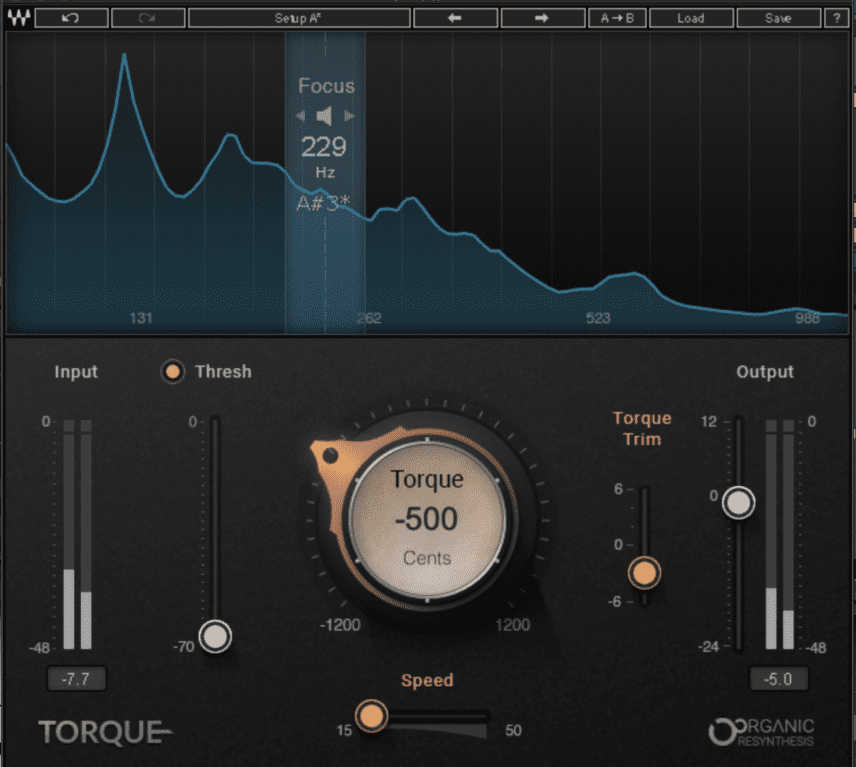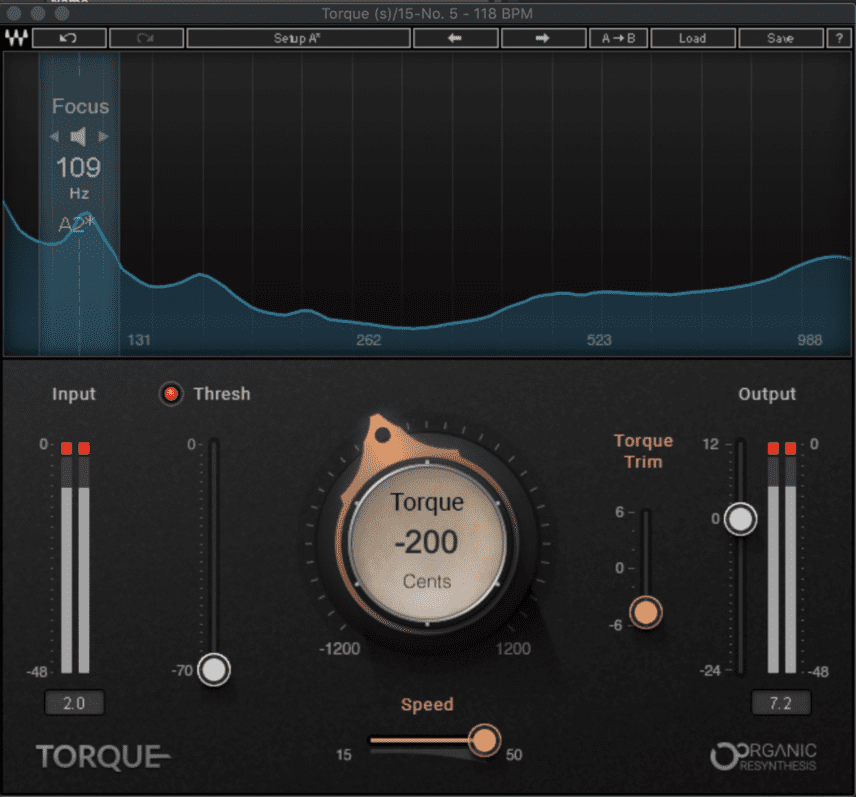In this tutorial, we explore how to use tuning to improve drum mixes and add weight to the low end.
For many producers, the process of picking drums is quite a fast one. You pull a punchy kick and snare from your drum machine or sample library, program a hi-hat loop, add some percussion and then it’s business as usual adding new elements until the track is finished. However, how many times do you find yourself going back and asking, “Are my kick and snare working with the key of the track?”
Tuning drums to the scale of your track can improve your overall mix by contributing to harmony in the frequency spectrum. Beyond this, tuning drums lower while staying in key can add instant weight and fatness to your low end.
You might be asking yourself, “Did these guys actually write a whole tutorial about transposing drums up and down in Simpler?” The answer is no! In 2018, Waves released a plug-in called Torque, which allows you to re-tune drums while maintaining their original character and quality. However, the low tuning done via Torque almost acts as a sonic enhancer, which has led many to regularly reach for this tool instead of EQs, sub-enhancers, and so on.
In this tutorial, we walk through four ways to use Torque’s tuning to fatten your drums and improve your mix. First, we’ll look at tuning the kick and snare before trying the technique with drum breaks and tom fills.
Along the way, we’ll also prove that drum tuning is a key ingredient of bangers by looking at drum loops from Todd Terje’s ‘Delorean Dynamite’ and Palms Trax’s ‘In Gold’.
Tuning The Kick
This seems like something everyone would just do but one can get so attached to a drum loop after listening to it repeatedly that it gets harder to be objective. Let’s first see how Todd Terje tuned his kick in ‘Delorean Dynamite‘. Here’s a short snippet of the track:
Using Voxengo’s free SPAN plug-in we isolated the frequencies around 60-100Hz and saw that the kick’s loudest point on the frequency spectrum is around 70Hz, which SPAN conveniently shows us is a low C# note. You can isolate a frequency area in SPAN by holding the command key and clicking on any point on the graph.
Here’s how the audio sounds with SPAN’s filtering:
If we hadn’t isolated the frequencies so low it would be hard to visually see the kick because the bass is also churning out low notes in the background.
The key of the track is C# major so Terje has definitely tuned his kick to the root note. The arpeggiated bassline is also playing a lot of C# notes but the mix sounds great because the bass notes are emphasizing the C# an octave higher at 140Hz. When you can manipulate the low end of the frequency spectrum cleverly like this, mixes can sound great even without loads of sidechain compression!
To demonstrate, we’ve programmed a kick loop and a 16th-note bass loop. The bass loop is playing C notes and the random kick sample we’ve selected has F as the root note. Here’s how the loop sounds without any tuning:
Now let’s add Torque and tune the kick down 500 cents (five semitones) to pitch it to a lower C note:
It’s almost as if someone just turned up the subs but it’s just tuning! You’ll need to be listening on headphones or speakers to really hear the difference.
Torque requires you to first set a focus area in its graph that you deem as the most important frequency of the original sample. You can usually determine this via the transient peaks in its graph or by knowing the sample’s key. With kicks, the sweet spot is always between the 150-250Hz range and, because we know the kick’s original tone is F, we used the area around 178Hz as the graph is showing us that this specific frequency is an F3 note.
The next step is simply bringing down the threshold until you get a yellow light, decreasing the large cents tuning knob and then adjusting the Torque Trim to get rid of any excess low end. The bottom-most Speed parameter also affects the sound. Higher speeds tend to work better when tuning lower and vice-versa. As a result, we raised the speed to its maximum value while tuning down to -500 cents.
Tuning the Snare (or Clap!)
Snare tuning can be a bit more flexible than kick tuning, but seasoned producers will always ensure that the snare notes are in key. For example, let’s look at a loop from Palms Trax’s ‘In Gold‘.
Seeing that the track is in C minor, we tried recreating the beat with our low C kick from the previous step and its tuning matched, confirming that Palms Trax also tuned his kick to the root note of the track’s key. For the snare, we took an F# snare sample and experimented with different notes by re-tuning the sample with Torque. It seemed to sound closest when we tuned it down 300 cents to D#. The kick and snare being C and D# respectively makes musical sense in a C Minor track, as D# is the minor 3rd interval of C.
Here’s how our C kick and D# clap sounds, followed by another sample from ‘In Gold’:
Other intervals like perfect fifths, perfect fourths and even octaves can sound great as snares. Let’s look at what Todd Terje did in ‘Delorean Dynamite’.
We’ve sidechained away Terje’s snare and replaced it with a snare that is tuned to the G note.
The track is in C# major so the G snare doesn’t sound great, as C# to G forms a dissonant sounding flat fifth interval.
Tuning the snare down 1100 cents to a low G# made it sound much closer to the original, with Torque’s low-end character also kicking in to add some body to the snare:
C# to G# is a perfect fifth interval so again, the note choices for both the kick and the snare fit harmonically with the track.
Lower Tuning for a Fatter Low End
When drums aren’t punching hard enough, people tend to go straight for EQs, saturators, compressors or limiters. Lower root notes or re-tuned drums can be an alternative solution for this. For example, here is our beat again with the kick sample and snare sample reverted to their original notes – the kick’s root is an F, the snare’s is F# and the bass is playing C notes:
Let’s use Torque to bring the kick 500 cents down to a low C like in the first step. For the snare, we’ll go down 600 cents to again reach for a C note. Here’s how this sounds:
The low end gets an instant boost, which can always be reigned in with an EQ with a small high-pass.
It’s also a good idea to check re-tuned drums with harmonic elements other than bass, so we tried the beat with a drone-style pad that is in C minor:
Using Torque on Samples and Fills
Tuning individual drums works great but the quality of Torque’s low end can also be applied to drum loops, samples and tom fills.
Here are three before and after examples using the plug-in to lower the tuning of loops.
The first is a drum break sample brought down -300 cents.
You can really hear the difference with the bigger kick and punchier snare.
The second is a tom fill that is playing over a kick and hi-hat loop. The dry version sounds OK, but you can hear how the extra-low toms create new possibilities for sound design and more unique sounding tom hits:
Lastly, we included a drum loop example where Torque is automated to turn on after two bars, lowering the sample by -200 cents.
The clap may sound a bit too low with this specific setting, but the kick definitely benefits.
*Attack Magazine is supported by its audience. When you purchase through links on our site, we may earn an affiliate commission. Learn more.
